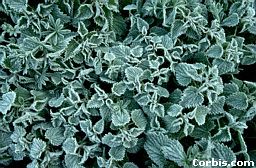
Hormone Weed killers.

Indolylacetic acid (IAA) was the first plant growth hormone to be discovered. As it encourages plant growth, it was reasoned that applications of large amounts of it would cause excessive plant growth, resulting in the death of the plant. However, it was found that plants are able to regulate the level of IAA by metabolism and thus it is not herbicidal.
It was discovered early in the 1940s that chlorinated phenoxyacetic acids (such as 2,4-D and MCPA) had herbicidal activity. These are plant growth stimulants like IAA, but differ from IAA, as they are not metabolized.
2,4-D and MCPA have several advantages:
2,4-D is still extensively used in the USA, but in the UK MCPA is more commonly used, especially in the form of a combined fertiliser/weed-killer for controlling dandelions and daisies in lawns.

Whereas 2,4-D and MCPA have been used extensively all over the world for the past 50 years without any problems, their chemically similar derivative, 2,4,5-T has been surrounded with controversy. It was combined with 2,4-D, and used as a defoliant by the USA in the Vietnam war in the 1960s. It has even been used in the UK to control brambles encroaching on footpaths or railway lines by the Forestry Commission and British Rail, respectively. It has great advantages in that is has low toxicity to animals and is cheap to manufacture. It is the small amounts of dioxin impurity that have been responsible for the problems with its use.